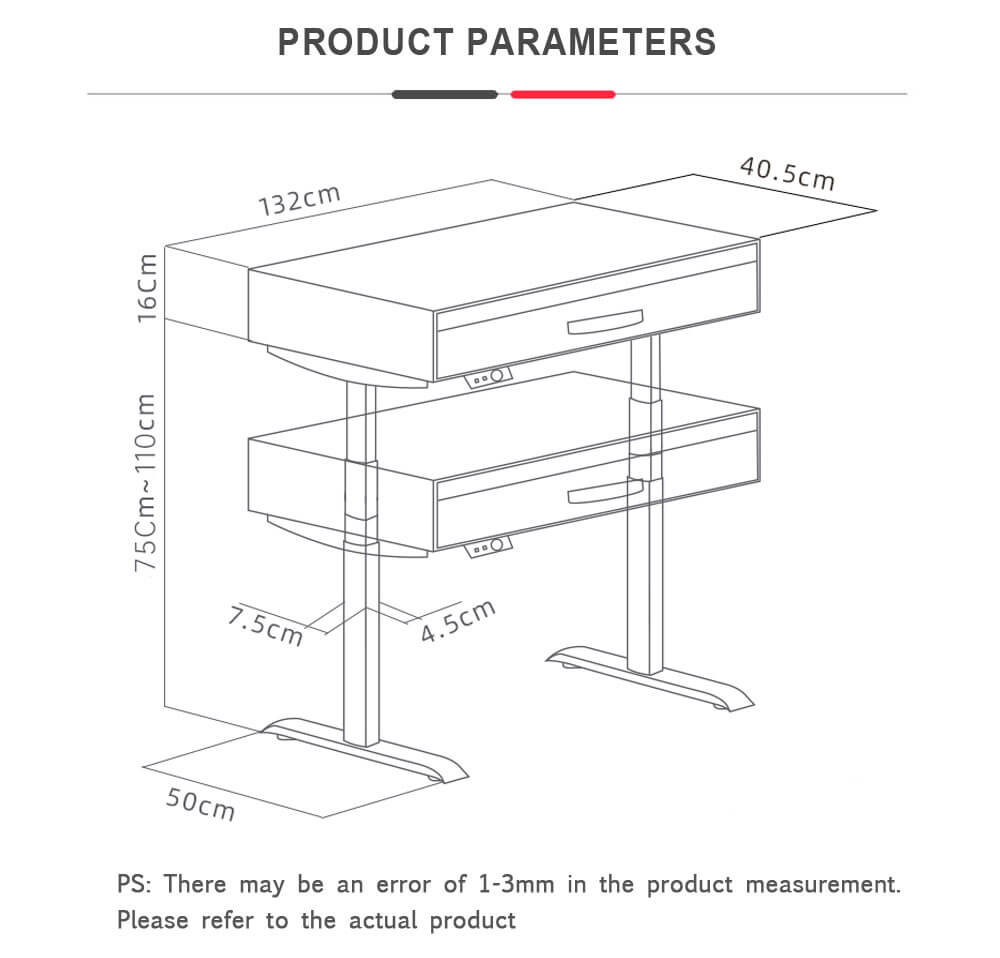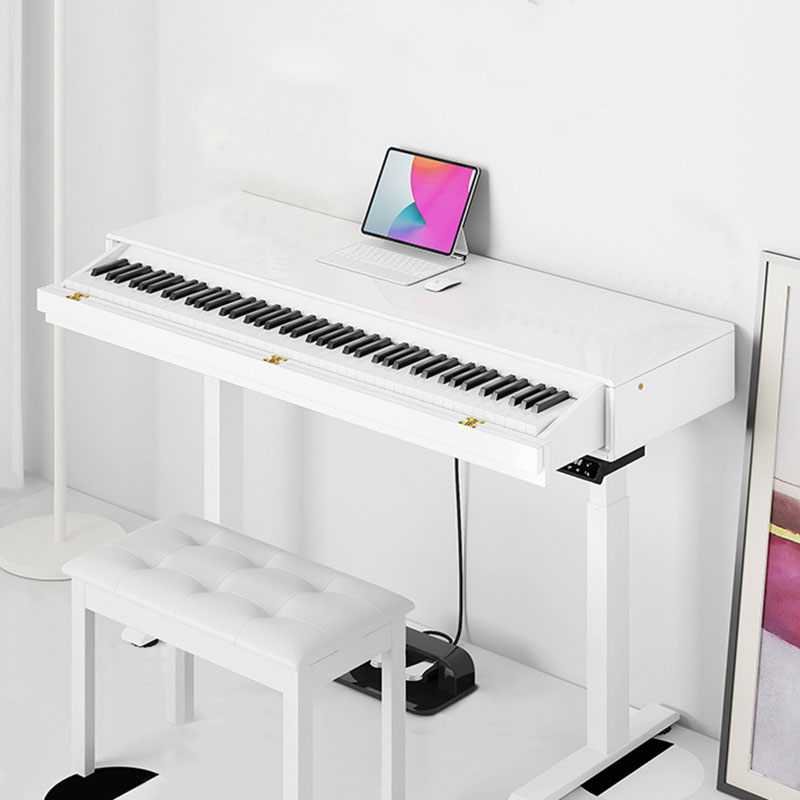
- Introduction
- What is Weighted Digital Piano Keys?
- Benefits of Weighted Digital Piano Keys
- Enhanced Playing Experience
- Realistic Piano Feel
- Finger Strength and Technique Development
- How are Digital Piano Keys Weighted?
- Weighted Hammer Action
- Graded Hammer Action
- Semi-weighted Keys
- Factors to Consider when Choosing Weighted Digital Piano Keys
- Key Weight and Responsiveness
- Key Material
- Additional Features
- Best Practices for Using Weighted Digital Piano Keys
- Proper Finger Technique
- Finger Strength Exercises
- Regular Maintenance and Cleaning
- Conclusion
- FAQs
- Why are weighted digital piano keys important?
- Can I adjust the weight of digital piano keys?
- Are all digital pianos weighted?
- Do weighted keys affect the sound of a digital piano?
- How long does it take to get used to playing weighted keys?
How are Digital Piano Keys Weighted?
Digital pianos have gained popularity over the years due to their versatility, convenience, and ability to replicate the sound and feel of acoustic pianos. One key aspect that contributes to the authentic piano-playing experience is the weighting of the keys. In this article, we will explore how digital piano keys are weighted and the benefits they offer to musicians.
Introduction
When playing an acoustic piano, the keys have a certain weight and resistance to them, which allows for expressive playing and control over dynamics. Digital pianos aim to recreate this tactile experience by incorporating weighted keys. The weight of the keys affects how they respond to touch, closely mimicking the feel of an acoustic piano.
What is Weighted Digital Piano Keys?
Weighted digital piano keys are designed to replicate the touch and feel of acoustic piano keys. They are built with mechanisms that simulate the weight and resistance found in traditional pianos. These mechanisms provide a more realistic playing experience and allow pianists to develop proper technique and finger strength.
Benefits of Weighted Digital Piano Keys
Enhanced Playing Experience
Playing on weighted digital piano keys offers several advantages. Firstly, the weighted keys provide a greater level of control and sensitivity. Pianists can vary the dynamics and expressiveness of their playing, adding depth and emotion to their performance. This enhanced control allows for a more nuanced interpretation of the music.
Realistic Piano Feel
Weighted digital piano keys aim to replicate the feel of acoustic piano keys accurately. The weighted action provides resistance and a certain amount of bounce back, similar to what pianists experience when playing on an acoustic instrument. This realism enables pianists to adapt seamlessly between digital and acoustic pianos.
Finger Strength and Technique Development
Weighted keys require a slightly greater amount of finger strength to depress compared to non-weighted keys. As a result, practicing on weighted digital piano keys can help develop finger strength and dexterity. This improvement in finger strength translates into better control and precision when playing on any type of piano.
How are Digital Piano Keys Weighted?
Digital piano manufacturers employ various methods to weight their keys and replicate the feel of an acoustic piano. Here are the most common types of weighted digital piano keys:
Weighted Hammer Action
Weighted hammer action is the most advanced and realistic key weighting mechanism. It replicates the action of hammers found in acoustic pianos. When a key is pressed, a hammer mechanism moves within the digital piano, mimicking the movement of the hammers in an acoustic piano. This mechanism adds weight and resistance to the keys, providing a highly authentic playing experience.
Graded Hammer Action
Graded hammer action is a key weighting mechanism that simulates the varying weight found in the keys of an acoustic piano. It imitates the feel of playing on a grand piano, where the lower keys are heavier and the higher keys are lighter. The keys towards the lower end of the piano have more weight and resistance, while the keys towards the higher end are lighter and more responsive. This gradation in key weight closely resembles the experience of playing on an acoustic piano and allows for a more natural and intuitive performance.
Semi-weighted Keys
Semi-weighted keys are a less sophisticated form of key weighting commonly found in entry-level digital pianos and MIDI controllers. These keys have some resistance but don’t replicate the weight of acoustic piano keys as accurately as weighted hammer or graded hammer action. While they may not provide the same level of realism, semi-weighted keys still offer an improvement over non-weighted keys and can be suitable for beginners or those on a budget.
Factors to Consider when Choosing Weighted Digital Piano Keys
When selecting a digital piano with weighted keys, several factors should be taken into account to ensure the best playing experience:
Key Weight and Responsiveness
Different digital pianos have varying degrees of key weight. It’s important to consider your personal preference and playing style. Some pianists may prefer a heavier touch, while others may prefer a lighter touch. Additionally, the responsiveness of the keys should be assessed. The keys should respond accurately to different levels of touch, allowing for a wide range of dynamics.
Key Material
The material used for the keys can also impact the playing experience. High-quality digital pianos often feature keys made of synthetic ivory or synthetic ebony. These materials provide a smoother and more comfortable touch compared to basic plastic keys. The texture and grip offered by synthetic ivory or ebony can enhance control and precision while playing.
Additional Features
Digital pianos may offer additional features that can enhance the overall playing experience. These can include adjustable key sensitivity, which allows pianists to customize the response of the keys according to their preference. Other features like escapement simulation, which replicates the feeling of the escapement mechanism in acoustic pianos, can provide an even more realistic touch.
Best Practices for Using Weighted Digital Piano Keys
To make the most of your weighted digital piano keys and improve your playing skills, consider the following best practices:
Proper Finger Technique
When playing on weighted keys, it’s essential to maintain proper finger technique. This involves using the weight of your arms and wrists to depress the keys rather than relying solely on finger strength. By using your whole arm and engaging the proper muscles, you can achieve better control and avoid strain or fatigue.
Finger Strength Exercises
Playing on weighted keys can help develop finger strength over time. However, you can also incorporate specific exercises to further enhance your finger dexterity. Scales, arpeggios, and finger-strengthening drills can all contribute to building finger strength and control.
Regular Maintenance and Cleaning
To ensure the longevity and optimal performance of your weighted digital piano keys, regular maintenance is crucial. Keep the keys clean and free from dust or debris that may affect their responsiveness. Follow the manufacturer’s guidelines for cleaning and maintenance to keep your instrument in top condition.
Conclusion
Weighted digital piano keys play a significant role in providing a realistic and enjoyable playing experience for musicians. Whether it’s the weighted hammer action, graded hammer action, or semi-weighted keys, these mechanisms add a touch of authenticity to digital pianos. By considering factors like key weight, responsiveness, and additional features, you can choose a digital piano that suits your playing style and preferences. Remember to practice proper finger technique, incorporate finger strength exercises, and maintain your instrument regularly for optimal performance.
FAQs
1. Why are weighted digital piano keys important?
Weighted digital piano keys are important because they provide a more realistic playing experience, closely resembling the feel of acoustic piano keys. The weight and resistance of the keys allow for expressive playing, control over dynamics, and the development of proper finger technique. They enhance the overall enjoyment and authenticity of playing the piano.
2. Can I adjust the weight of digital piano keys?
In most cases, the weight of digital piano keys cannot be adjusted. The weight is determined by the internal mechanisms and design of the instrument. However, some digital pianos offer adjustable key sensitivity, allowing you to customize the responsiveness of the keys according to your preference.
3. Are all digital pianos weighted?
No, not all digital pianos have weighted keys. Entry-level models or MIDI controllers may have non-weighted or semi-weighted keys, which provide a different playing experience. Weighted keys are typically found in higher-end digital pianos that aim to replicate the feel of acoustic pianos.
4. Do weighted keys affect the sound of a digital piano?
Weighted keys do not directly affect the sound of a digital piano. The sound is produced through electronic means, such as samples or synthesized tones. However, the weighted keys contribute to the overall playing experience, allowing for better control and expression, which can indirectly impact the perceived quality of the sound.
5. How long does it take to get used to playing weighted keys?
The time it takes to get used to playing weighted keys can vary from person to person. It depends on factors such as your previous experience with piano playing and the amount of time you dedicate to practice. With regular practice and consistent playing on weighted keys, most pianists can adapt and feel comfortable within a few weeks or months.






